Houlte believes home should feel like a calm, useful place. This intro explains practical differences and overlaps so readers can choose with confidence.
You will learn plain definitions for three common pieces: a sideboard as a versatile storage cabinet, a buffet as a serving-forward cabinet with broader surface area, and a credenza as a low, elongated storage piece. I will show how dimensions, silhouette, and build affect capacity and comfort when serving in dining spaces and arranging items in living rooms.
The section also previews storage options from drawers to interior shelving and how they help keep dishes and gear organized without clutter. You will get simple tips on measuring, traffic flow, and proportion so each choice fits your home and routine.

Understanding the Pieces in Today’s Homes
Contemporary interiors blend classic cabinet types so each piece works where it's needed most.
Sideboards serve as long, narrow cabinets crafted to organize dishes, linens, and entertaining items. They usually combine cabinets, drawers, and open shelving. Their clean tops offer room for display or everyday essentials.
Buffets act as multi-functional surfaces for serving and storage. Typically larger in dining rooms, they provide generous tops for platters and flexible interiors to streamline hosting. Buffets often handle bulkier items and party setups.
A credenza is a low-profile, elongated piece. It fits well beneath windows or media and suits living rooms and offices. The slim silhouette favors visual calm and easy access to stored items.
- Common storage layouts: cabinets for large pieces, drawers for flatware and linens, open shelving for display.
- Designs and styles now mix classic workmanship with modern finishes to match varied rooms and uses.
- Measure proportions and traffic flow—size, visual weight, and circulation matter more than labels.
| Piece | Typical Use | Common Storage | Best Rooms |
|---|---|---|---|
| Sideboard | Organize dishes; display top | Drawers, cabinets, shelving | Dining rooms, entryways |
| Buffet | Serve food; host gatherings | Deep cabinets, wide tops | Dining rooms, open kitchens |
| Credenza | Low storage; media surface | Concealed cabinets, shelves | Living rooms, offices |
What is the difference between a sideboard and a buffet
Size, height, and depth define how each cabinet performs in daily life.
Size and length
Sideboard models tend to be compact and visually lighter. They fit narrow halls and smaller dining rooms.
Buffet options usually span longer, giving more surface for staging dishes and drink stations.
Height and legs
Both pieces sit near waist height for easy serving. Leg choices range from tapered legs that lift the piece to plinth bases that ground it close to the floor.
Depth and storage capacity
Sideboard bodies are often shallower to preserve traffic flow. Buffets are deeper to hold bulky platters, serving appliances, and extra linens.
Function and surface use
- Sideboard: balanced display and storage with room for everyday trays and curated décor.
- Buffet: broad surface for plating food, multiple courses, or drink stations during gatherings.
Style and design details
Both appear in traditional wood tones and sleek modern finishes. Small shifts in hardware, door fronts, and leg profiles change the overall design and long‑term durability features like reinforced shelves and smooth drawer glides.
Where They Shine: Dining Rooms, Living Rooms, and Entryways
Each room asks for different strengths from storage furniture, so choose where functionality shines most.
Dining rooms: hosting, serving, and storing dishes and linens
Buffets in dining room layouts give a wide surface for staging multiple courses and drinks during gatherings.
They also offer deep storage for dinnerware and linens, keeping bulky pieces ready for swift hosting.
Top drawers work well for serving tools and table linens; lower cabinets hold heavy platters and appliances.
Living rooms: media setups, decor display, and everyday items
A credenza suits media needs with low height for screens and adjustable shelves for components.
Sideboards work well in living rooms as display surfaces for decor, games, and daily essentials without crowding the room.
Entryways and hallways: slim profiles for stylish, practical storage
Slim sideboards keep keys, mail, and seasonal accessories organized while preserving circulation in tight spaces.
Anchor furniture to the wall in high-traffic zones and choose soft-close hardware to reduce noise and wear.
- Throughout the home: sideboards support curated decor and everyday essentials; buffets excel when you need to serve food from a stable surface.
- Space planning: leave comfortable clearance around doors and seating to preserve flow near dining tables or sectionals.
- Styling: aim for a balanced vignette—lighting, art, and a serving tray—matched to each room's needs.
| Room | Best Surface Use | Primary Storage | Recommended Placement |
|---|---|---|---|
| Dining room | Stage food, drinks | Deep cabinets, wide tops | Along buffet wall, near table |
| Living room | Media stand, decor display | Concealed shelves, drawers | Under TV or against long wall |
| Entryway | Drop zone for daily essentials | Shallow drawers, small cabinets | Near door, anchored to wall |
How to Choose the Right Storage Solution for Your Space
Good storage feels effortless: proportion, access, and organization matter most.
Measure for proportion
Match heights so serving stays comfortable—about 36 inches for a sideboard works well with a 30-inch dining table. Confirm wall length before buying.
Keep traffic flow in mind. Leave clearance for chair pull-back and door swings so the room remains open.
Storage needs and interior layout
Decide whether drawers, cabinets, or open shelving suit your needs. Shallow bodies save tight spaces; deeper options hold bulky platters and appliances.
Design harmony and floor clearance
Pick styles and finishes that echo your palette. Choose leg height for visual lightness or a solid base for a grounded look.
- Measure vertically and horizontally before purchase.
- Map interior features to organization needs.
- Favor durable hinges, soft-close features, and finishes that age well.
- Sketch the footprint and note outlets for media setups.
Use these tips to make a confident choice. For frequent entertaining, lean toward a buffet; for everyday order, a sideboard fits; for low-profile media, consider a credenza. Houlte supports thoughtful design with reliable shipping from North America and the UK.
The Houlte Difference: Thoughtful Designs, Global Reach
At Houlte, home is more than a place—it’s a feeling. Houlte crafts pieces that blend thoughtful function with quietly beautiful form for every room. Each item, from lighting to furniture, aims to bring comfort and harmony into daily life.
Our guiding principle focuses on balanced design and durable craftsmanship. Interiors are laid out to keep essentials organized while staying elegant. Options include slim cabinets for narrow spaces, deeper units for bulky items, and low profiles for media areas.
Elevating comfort and beauty with furniture and lighting, shipped reliably from North America and the UK
We ship to over 200 countries, with strong communities in the US, Canada, and the UK. Strategically located warehouses in North America and the UK help ensure timely, reliable delivery.
- Design that simplifies storage and daily use with durable finishes and hardware.
- Coordinated collections that pair furniture and lighting for cohesive styles.
- Clear communication, careful packaging, and responsive support for a smooth customer experience.
When logistics and design work together, customers spend more time enjoying their homes and less time worrying about deliveries. Explore Houlte collections to find the right solution for your rooms and lifestyle.
Sideboard vs. Buffet vs. Credenza: A Quick Present-Day Context
Labels matter less than function; homeowners now choose furniture by footprint and use.
In many homes, names overlap. Sideboards and buffets often perform the same job. That is why focus on footprint, storage, and top surface yields better results than relying on labels alone.
When terms overlap and when features truly differ
Buffets usually offer deeper bodies and broad tops that make serving easier. Sideboards tend to be more compact and fit corridors or mixed-use rooms. Credenza pieces are low and long, perfect under TVs or windows.
Credenzas as low-profile, elongated storage in larger rooms
Use a credenza when long proportion and low height matter. It supports media gear, framed art, and tidy storage without adding visual bulk.
- Acknowledge overlap: names shift in daily life, so check footprint, access, and shelf layout.
- Feature focus: look for adjustable shelves, cord management, and soft-close doors.
- Decision guide: choose a credenza for low display lines; buffets for serving; sideboards for flexible storage in tight areas.
| Piece | Best use | Key feature |
|---|---|---|
| Sideboards | Compact storage, display | Shallow depth, mixed drawers |
| Buffets | Serving, dining areas | Deep cabinets, wide tops |
| Credenza | Media, long walls | Low profile, long span |
Houlte’s collections reflect current living: terms may overlap, but designs highlight the features that matter daily. Match planned storage needs to the right piece furniture and your room will feel intentional for years.
Conclusion
Choose pieces by how you live: storage needs, traffic flow, and styling matter most.
Pick a sideboard when you want compact versatility and tidy organization. Opt for a buffet if you often serve food in the dining room and need a wide surface plus deeper cabinets.
Use a credenza for low, long storage under screens in the living room. Measure wall length, check chair clearance, and map cables before you buy.
Finish with lamps, art, and a tray for essentials so the top looks complete. Houlte’s designs aim to make every home feel harmonious, and our North America and UK warehouses help delivery arrive on time.


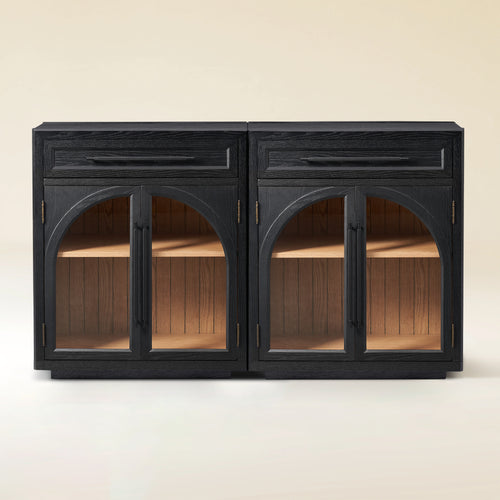
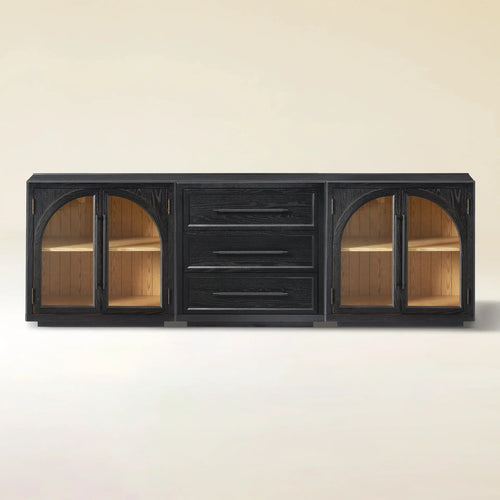
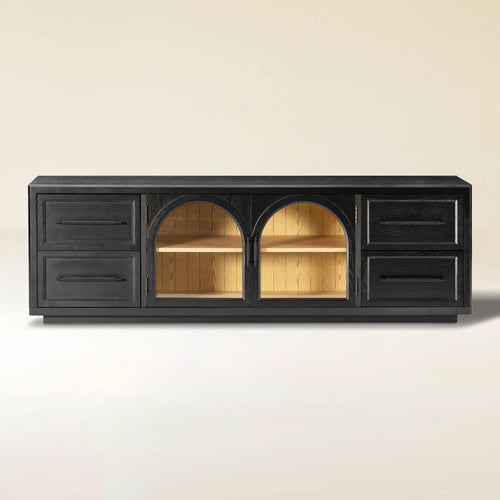
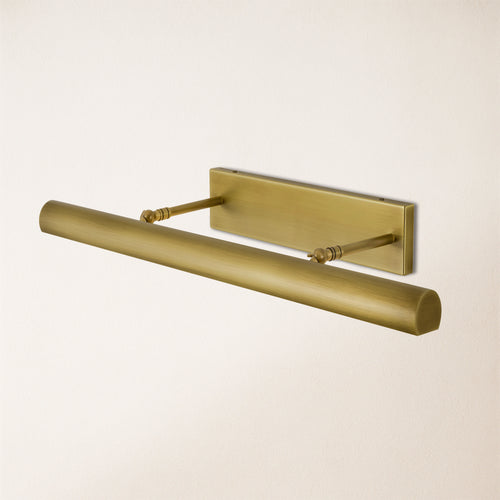



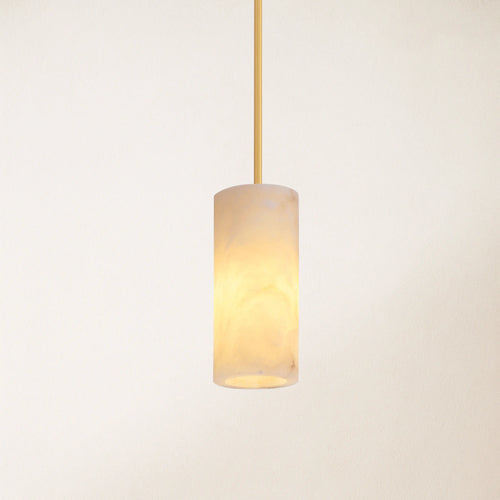
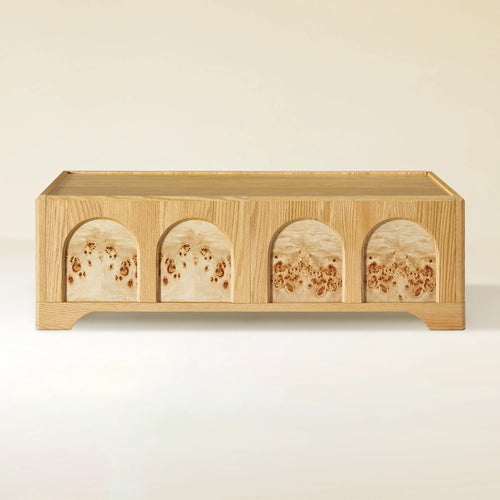
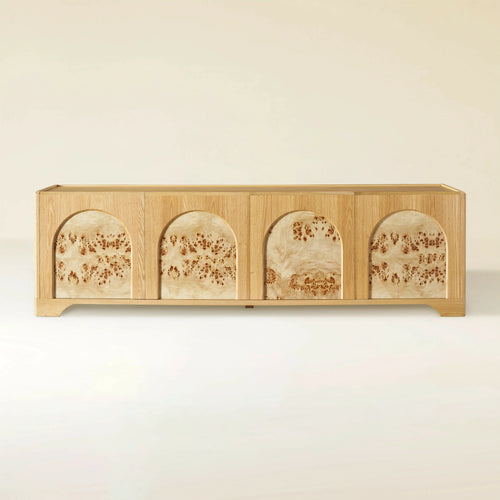
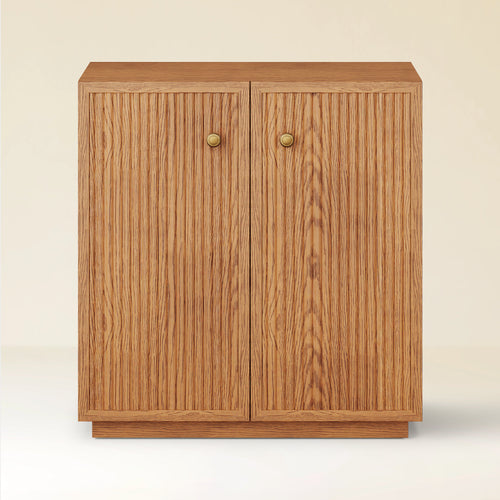
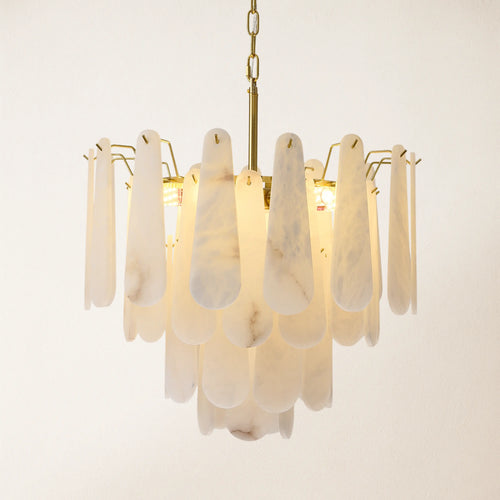
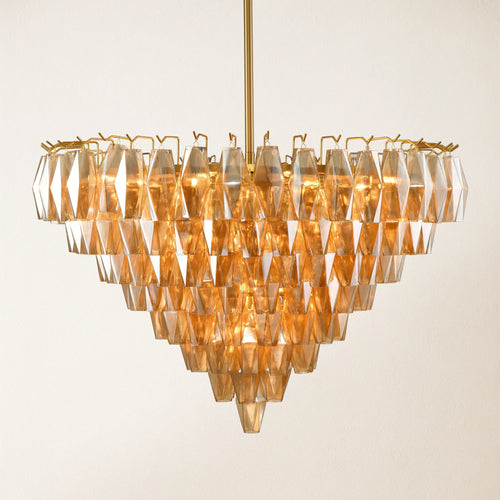
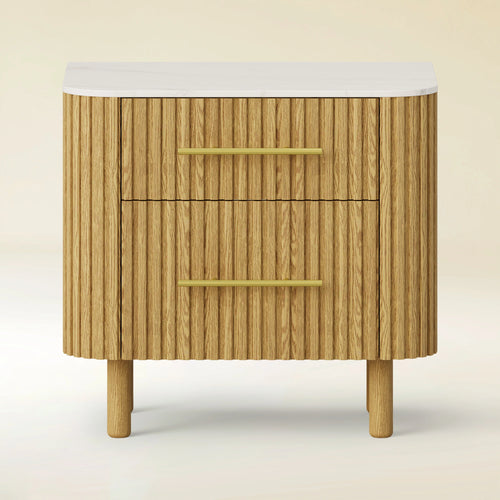

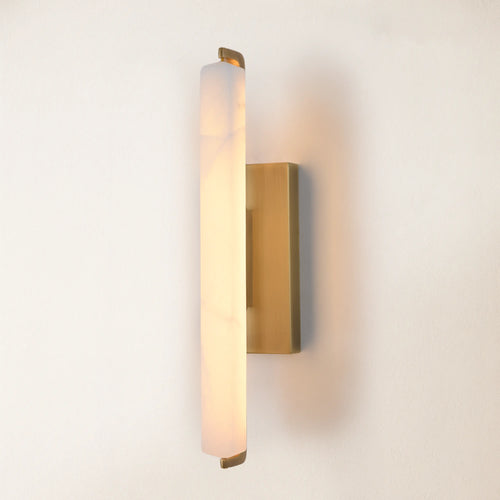
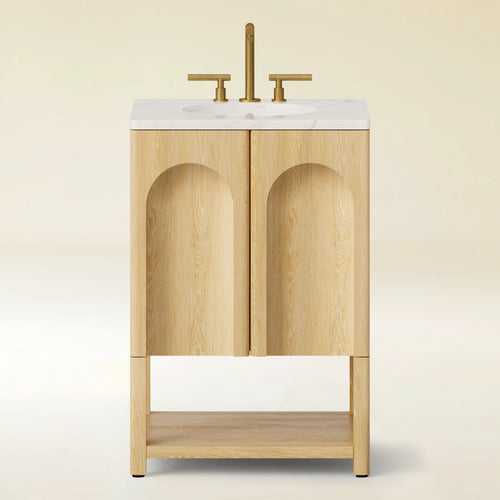
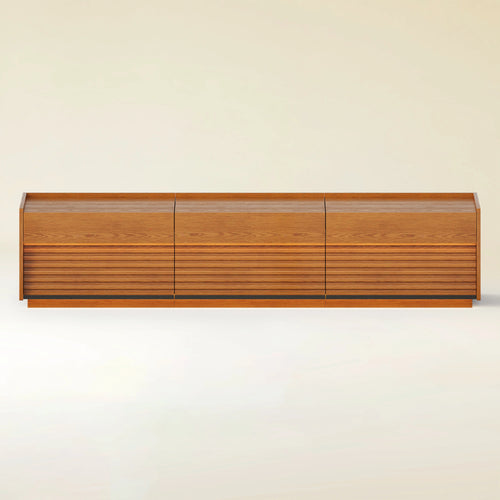
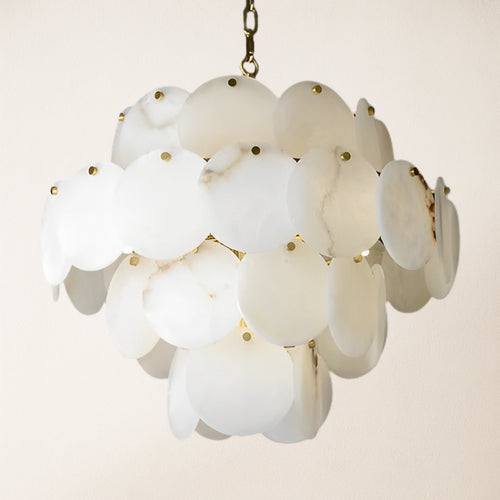
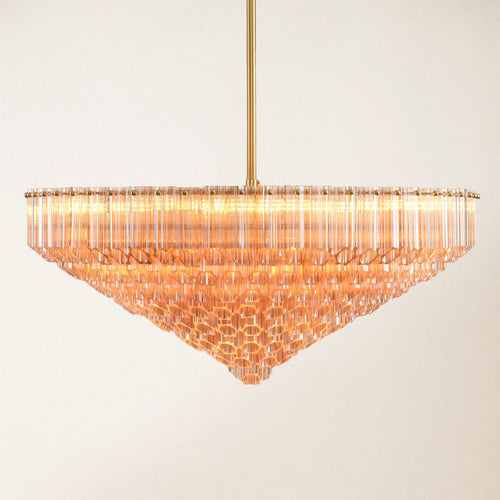
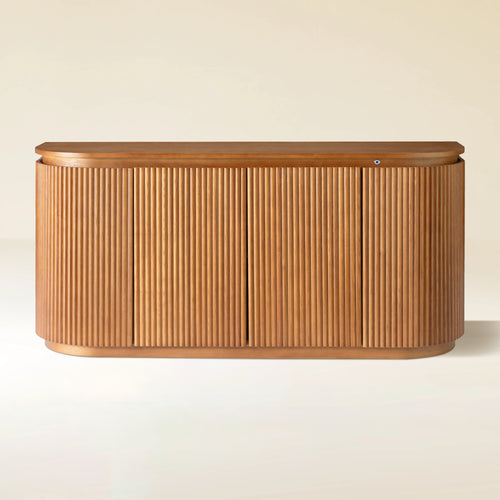

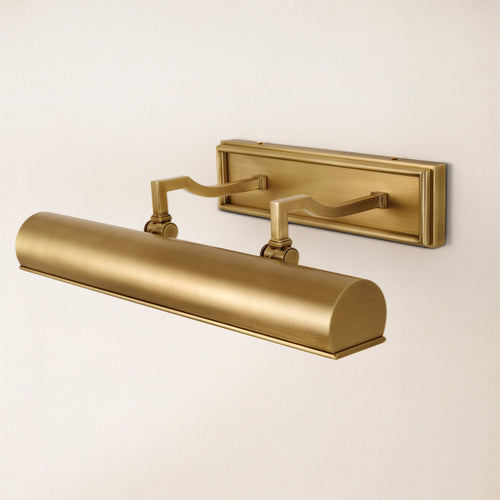

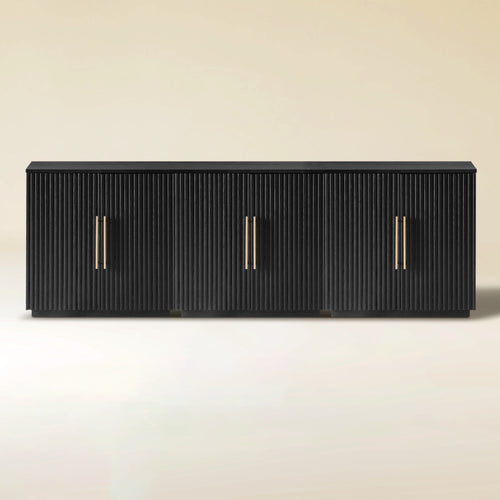
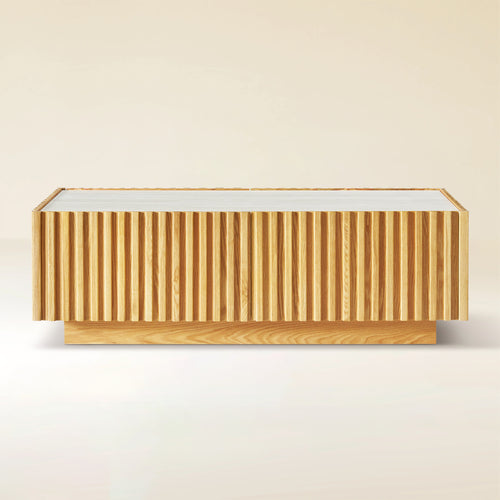
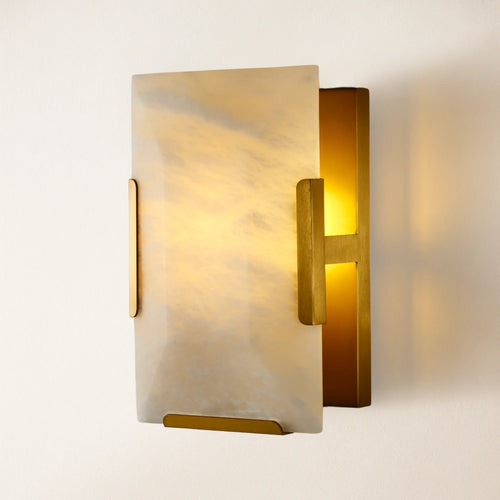
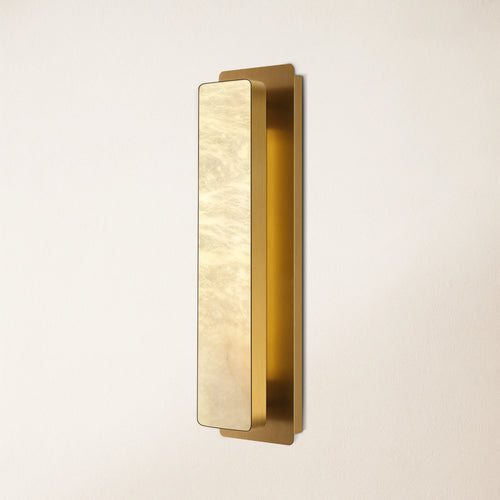
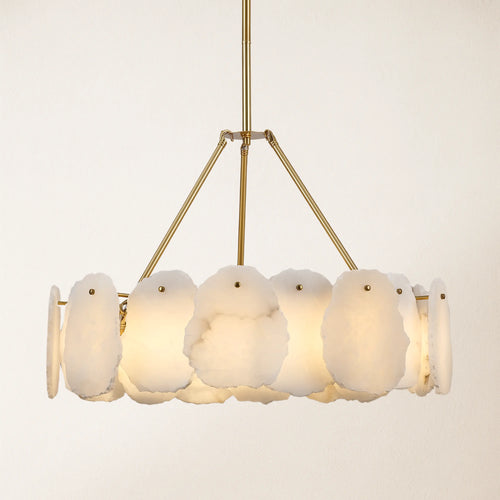
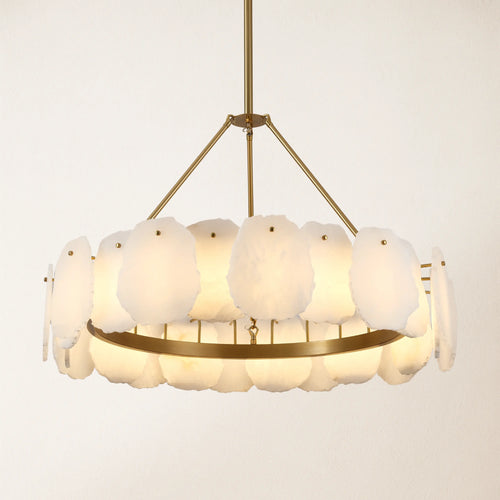
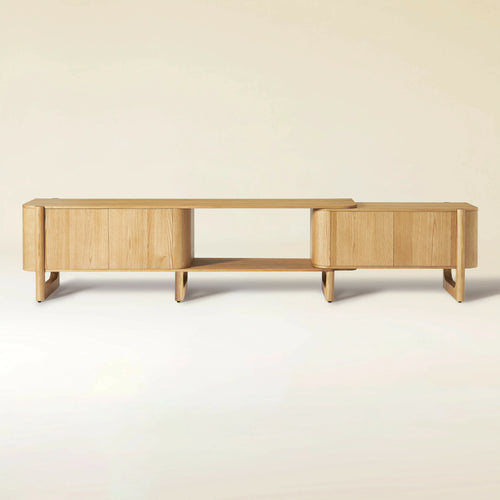
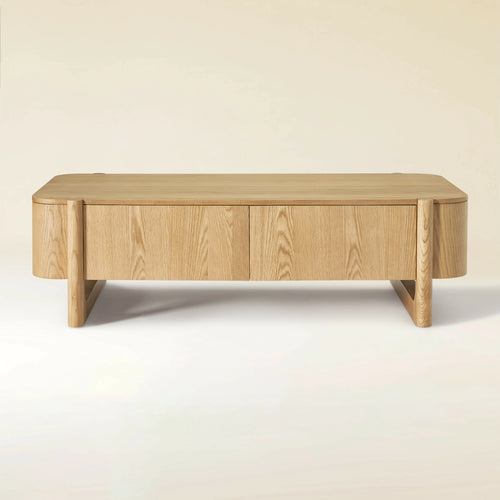
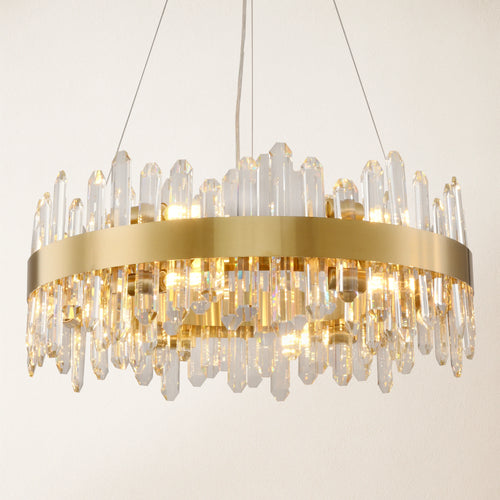


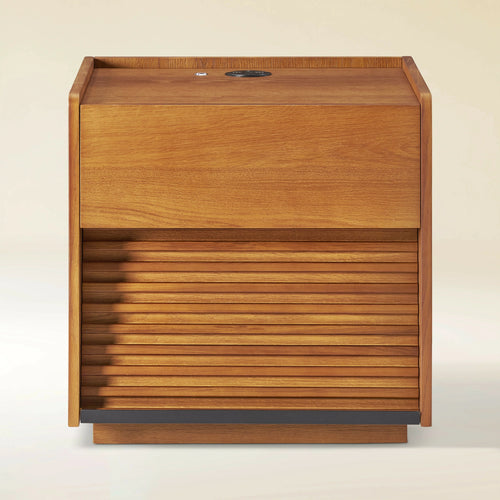
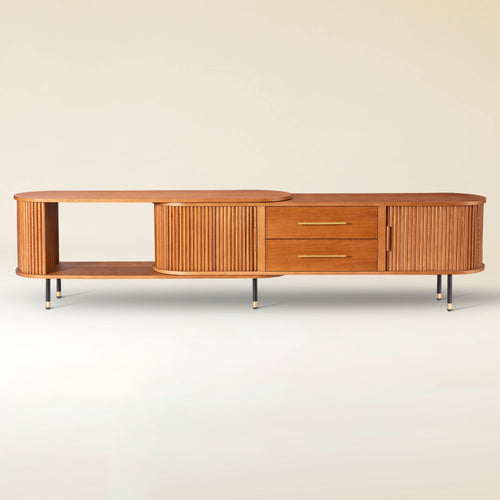

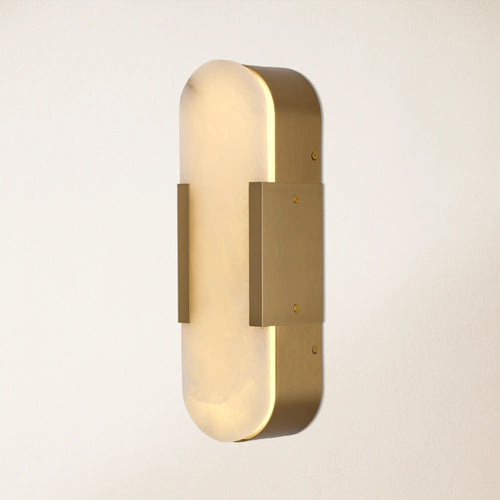
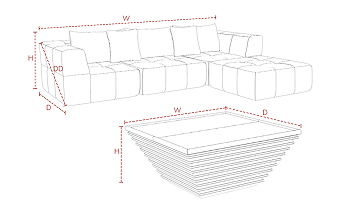
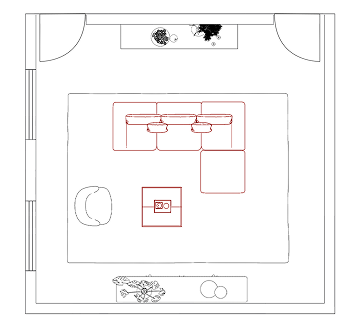
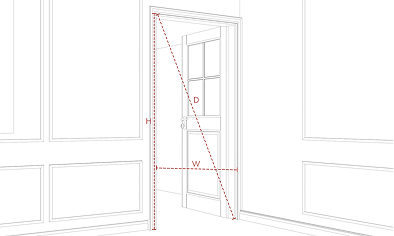
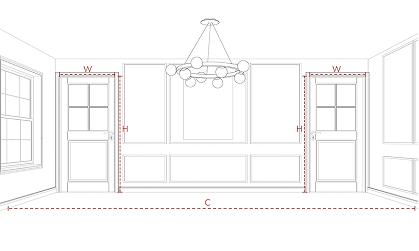
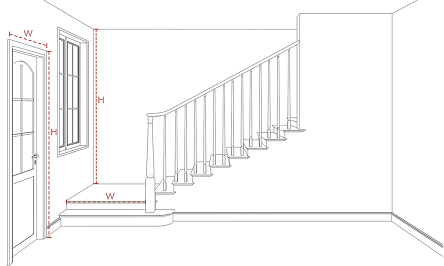
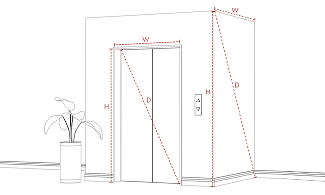
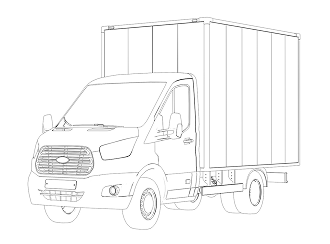












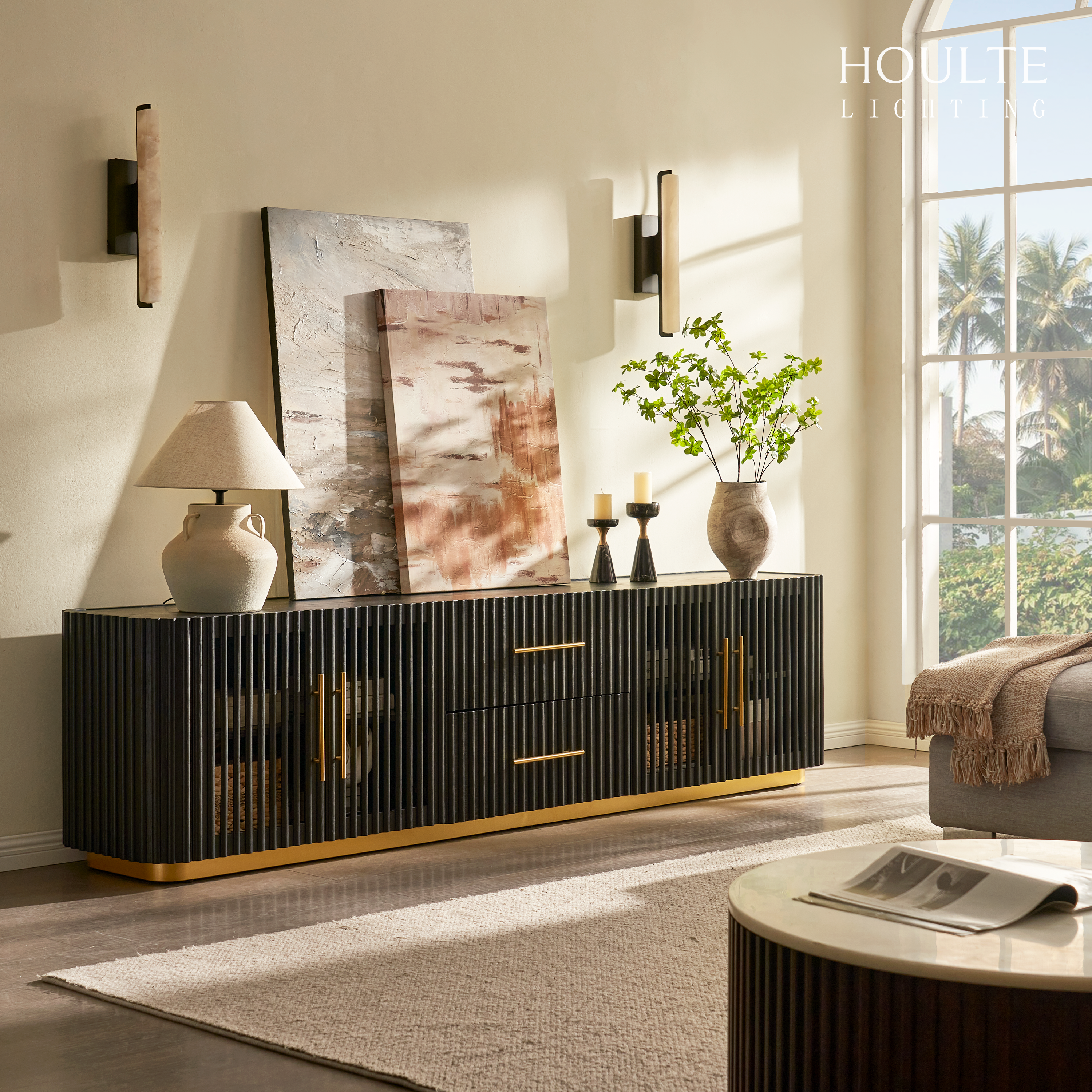
Share:
What is a Sideboard Used For?
Ideal Size Media Console for 65 Inch TV Explained